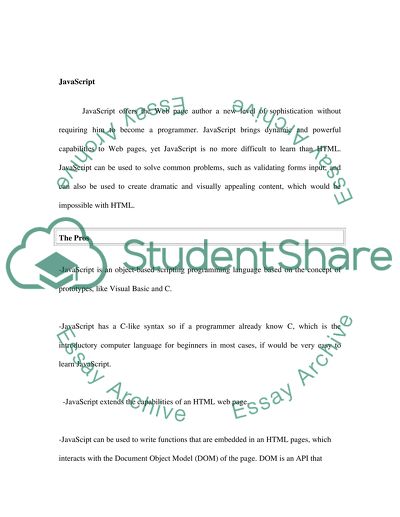Cite this document
(“The Pros and Cons of Different Scripting Languages Essay”, n.d.)
The Pros and Cons of Different Scripting Languages Essay. Retrieved from https://studentshare.org/technology/1500741-web-based-scripting-languages
The Pros and Cons of Different Scripting Languages Essay. Retrieved from https://studentshare.org/technology/1500741-web-based-scripting-languages
(The Pros and Cons of Different Scripting Languages Essay)
The Pros and Cons of Different Scripting Languages Essay. https://studentshare.org/technology/1500741-web-based-scripting-languages.
The Pros and Cons of Different Scripting Languages Essay. https://studentshare.org/technology/1500741-web-based-scripting-languages.
“The Pros and Cons of Different Scripting Languages Essay”, n.d. https://studentshare.org/technology/1500741-web-based-scripting-languages.


